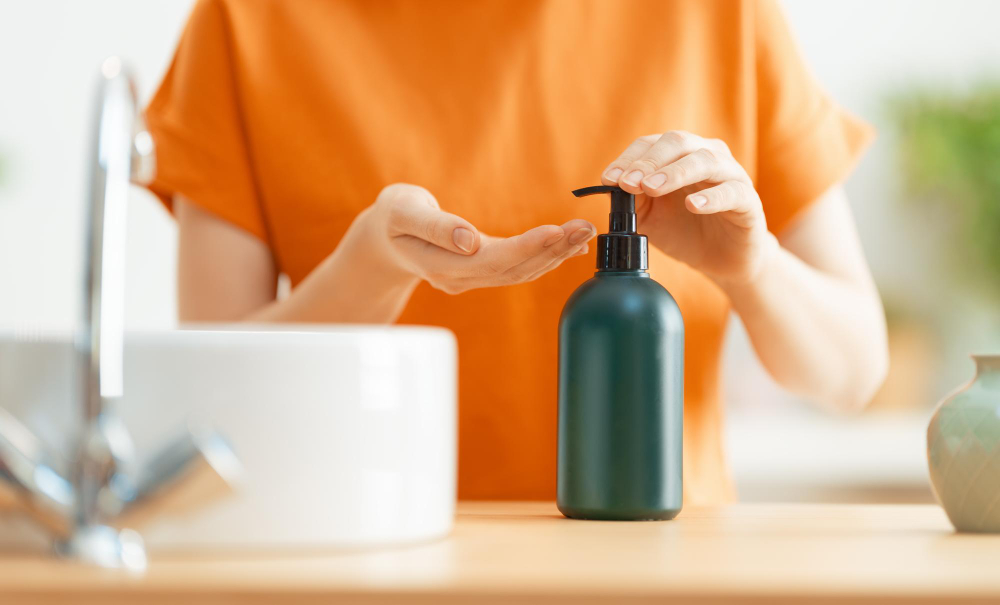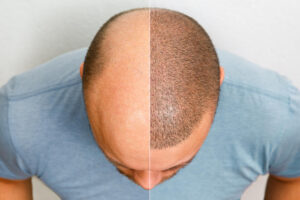
Hygiene in Permanent Makeup
Permanent makeup, also known as micropigmentation, has become increasingly popular in the beauty industry, offering individuals a way to enhance their features with long-lasting results. However, along with the artistic and aesthetic aspects of permanent makeup, ensuring proper hygiene practices is paramount to maintaining the health and safety of both clients and practitioners. In this article, we will explore the importance of hygiene in the realm of permanent makeup.
Sterilization and Disinfection
One of the fundamental principles of hygiene in permanent makeup is the meticulous sterilization and disinfection of tools and equipment. All needles, blades, pigment containers, and other tools that come into contact with the client’s skin must be properly sterilized using techniques such as autoclaving or chemical sterilization. Regular disinfection of work surfaces, treatment chairs, and other areas within the workspace also helps prevent the spread of bacteria and infections.
Personal Protective Equipment (PPE)
Both practitioners and clients should prioritize the use of personal protective equipment (PPE) during permanent makeup procedures. Practitioners must wear disposable gloves, masks, and sometimes protective eyewear to minimize the risk of cross-contamination. Clients should also be provided with clean coverings or drapes to ensure a hygienic environment.
Hand Hygiene
Thorough hand hygiene is crucial before, during, and after permanent makeup procedures. Practitioners should wash their hands with soap and water for at least 20 seconds before putting on gloves and between different stages of the procedure. Hand sanitizers with at least 60% alcohol can also be used when water and soap are not available.
Single-Use Products
Whenever possible, single-use disposable products should be utilized during permanent makeup procedures. This includes disposable needles, blades, pigment containers, and other tools. Using disposable products minimizes the risk of cross-contamination and ensures that each client receives a fresh, uncontaminated application.
Client Consultation and Aftercare
Educating clients about hygiene practices before and after the procedure is essential. Clients should be informed about proper aftercare instructions, including keeping the treated area clean, avoiding touching the area with unclean hands, and refraining from using makeup or skincare products that may introduce contaminants.
Regulatory Compliance
Permanent makeup practitioners should adhere to local health and safety regulations and guidelines. This includes maintaining a clean and sanitized workspace, proper disposal of hazardous waste, and upholding high standards of hygiene.
In conclusion, hygiene is a critical aspect of permanent makeup procedures to ensure the health, safety, and well-being of both practitioners and clients. Proper sterilization, the use of personal protective equipment, hand hygiene, single-use products, client education, and regulatory compliance collectively contribute to a hygienic and professional practice. By prioritizing hygiene, permanent makeup artists can provide their clients with beautiful and safe results that enhance their natural beauty.
This article discusses the vital role of hygiene in the practice of permanent makeup, emphasizing the importance of sterilization, personal protective equipment, hand hygiene, single-use products, client education, and compliance with regulations. I hope you find this helpful!








